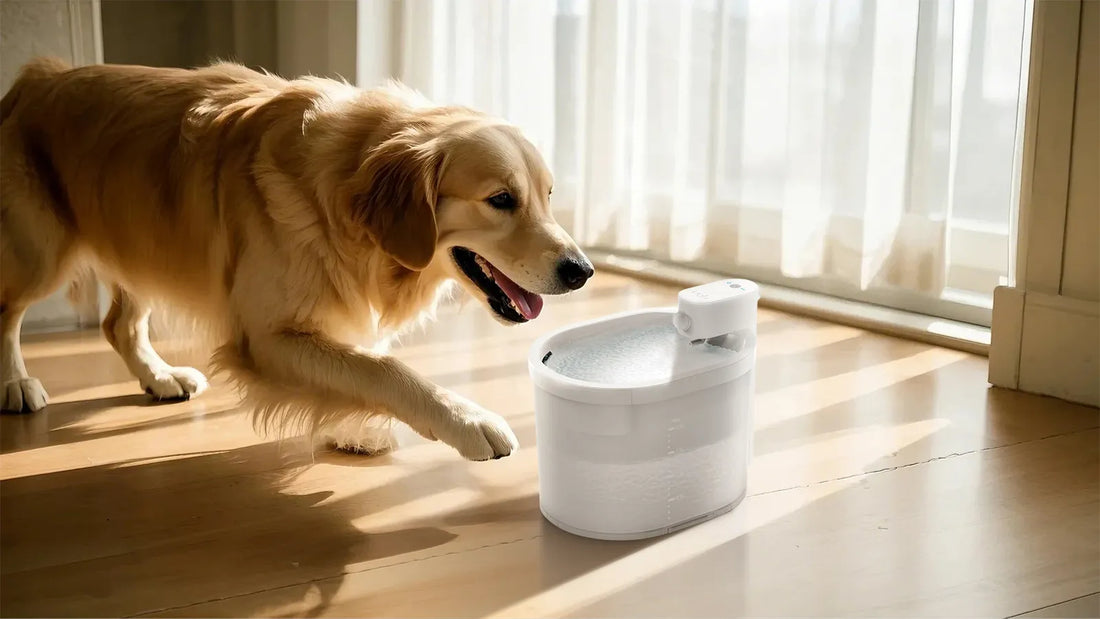When it comes to keeping your dog safe and secure outdoors, a temporary dog fence outdoor solution can be a game-changer. Whether you're hosting a backyard gathering, traveling with your pet, or simply need a flexible containment option, temporary fences offer convenience, portability, and peace of mind. In this guide, we'll explore the benefits, types, and practical tips for using temporary dog fences to ensure your furry friend stays safe and happy.
Why Choose a Temporary Dog Fence Outdoor?
Temporary dog fences are designed to provide a safe and secure environment for your pet without the permanence of traditional fencing. They are ideal for pet owners who need flexibility, whether for short-term use or frequent relocation. Here are some key benefits:
- Portability: Easy to move and set up in different locations.
- Affordability: A cost-effective alternative to permanent fencing.
- Versatility: Suitable for various outdoor spaces, including yards, parks, and campsites.
- Safety: Keeps your dog contained and protected from potential hazards.
Types of Temporary Dog Fences
There are several types of temporary dog fences available, each with its unique features and advantages. Understanding the options can help you choose the best solution for your pet's needs.
1. Portable Mesh Fences
Portable mesh fences are lightweight and easy to set up. They are made from durable materials that can withstand outdoor conditions. These fences are ideal for small to medium-sized dogs and can be configured in various shapes and sizes.
2. Freestanding Panel Fences
Freestanding panel fences consist of interlocking panels that can be arranged to create a secure enclosure. They are sturdy and provide excellent visibility, making them suitable for larger dogs and open spaces.
3. Pop-Up Playpens
Pop-up playpens are compact and easy to transport. They are perfect for travel or short-term use and can be set up in minutes. These fences are best for small dogs or puppies.
4. Electric Dog Fences
Electric dog fences use a wireless or wired system to create an invisible boundary. They are effective for training dogs to stay within a designated area but require proper training and supervision.
How to Choose the Right Temporary Dog Fence
Selecting the right temporary dog fence depends on several factors, including your dog's size, behavior, and the intended use. Here are some tips to help you make an informed decision:
- Consider Your Dog's Size and Strength: Choose a fence that can withstand your dog's weight and activity level.
- Evaluate the Setup Area: Measure the space where you plan to install the fence to ensure it fits properly.
- Check for Durability: Look for fences made from weather-resistant materials that can endure outdoor conditions.
- Assess Portability Needs: If you plan to move the fence frequently, opt for lightweight and easy-to-assemble options.
Setting Up Your Temporary Dog Fence
Proper installation is crucial to ensure the effectiveness of your temporary dog fence. Follow these steps for a secure setup:
- Choose a Flat Surface: Select a level area free from obstacles to prevent tripping or tipping.
- Secure the Fence: Use stakes, anchors, or weights to keep the fence stable, especially in windy conditions.
- Check for Gaps: Ensure there are no gaps or weak points where your dog could escape.
- Supervise Your Dog: Monitor your pet during the initial use to ensure they adapt to the new enclosure.
Maintenance Tips for Temporary Dog Fences
To extend the lifespan of your temporary dog fence and keep it in good condition, follow these maintenance tips:
- Clean Regularly: Remove dirt, debris, and pet hair to prevent wear and tear.
- Inspect for Damage: Check for any signs of damage, such as tears or broken components, and repair or replace as needed.
- Store Properly: When not in use, store the fence in a dry and secure location to protect it from the elements.
Safety Considerations for Temporary Dog Fences
While temporary dog fences are designed to keep your pet safe, it's essential to take additional precautions to ensure their well-being:
- Provide Shade and Water: Ensure your dog has access to shade and fresh water, especially during hot weather.
- Monitor Weather Conditions: Avoid using the fence during extreme weather, such as heavy rain or strong winds.
- Prevent Chewing: If your dog is prone to chewing, choose a fence made from chew-resistant materials.
A temporary dog fence outdoor is a versatile and practical solution for pet owners who value flexibility and convenience. By understanding the different types, choosing the right fence, and following proper setup and maintenance practices, you can create a safe and secure environment for your furry friend. Whether you're at home, on the go, or enjoying the great outdoors, a temporary dog fence ensures your pet stays protected while giving you peace of mind. Start exploring your options today and give your dog the freedom they deserve!













